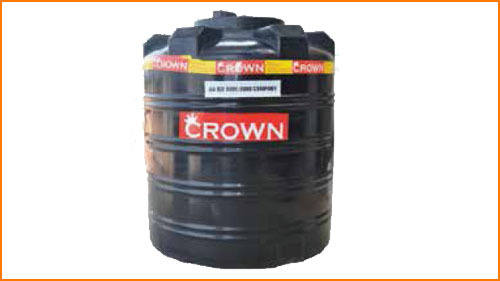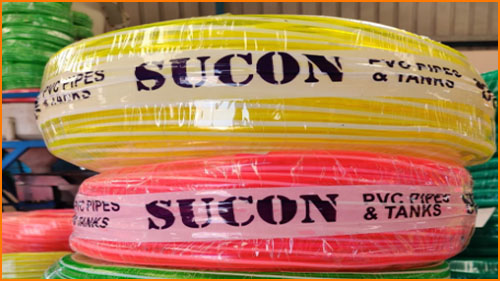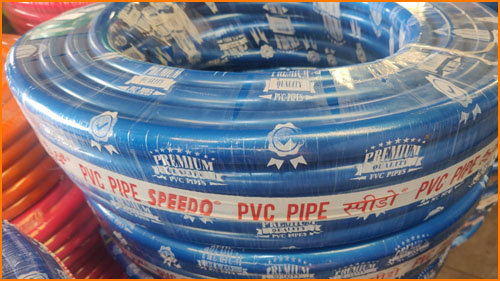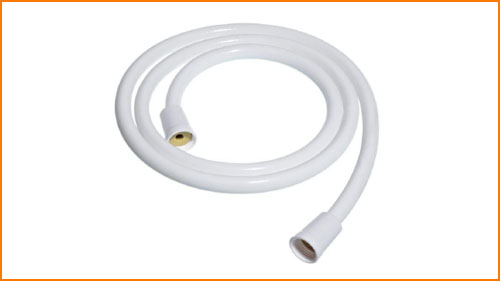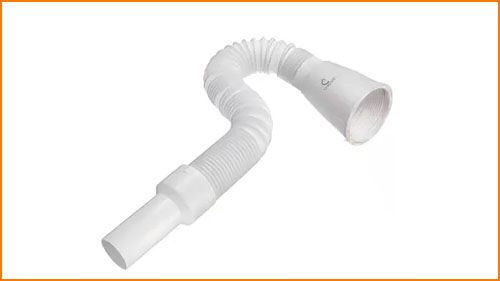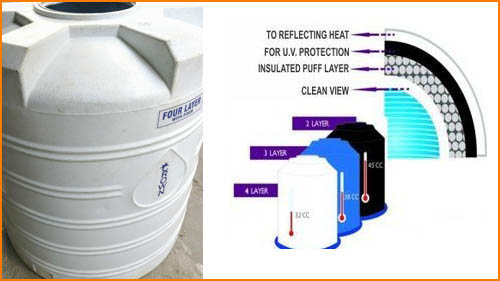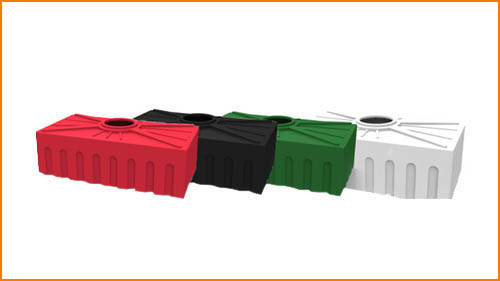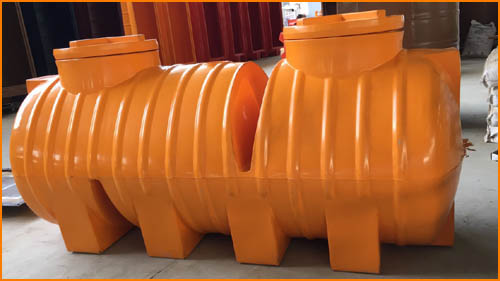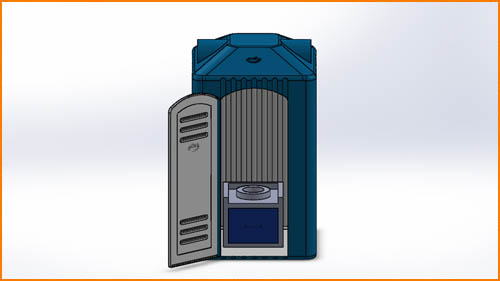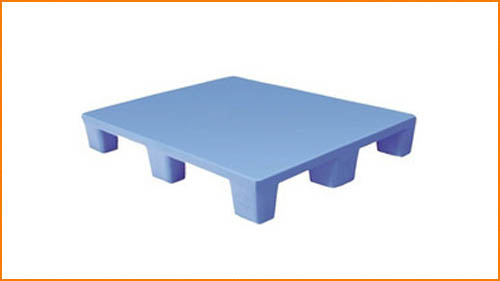The portable toilet is a lightweight, transportable, efficient and more sanitary variation of a common facility for the elimination of human waste that existed before the advent of indoor plumbing the outhouse. Before indoor plumbing allowed for the development of a system for transporting human waste from a receptacle to a sewer system through a series of pipes and other plumbing apparatus, humans often attended to their need to eliminate waste in an isolated stall located outside of living and working quarters, if they elected to use any type of structure at all. Typically, this stall contained a bench with a large hole cut into it. The waste was deposited through the hole directly to the ground below. A more refined version of the outhouse was the water closet, an indoor facility with a water tank and flushing system that deposited the waste in a cesspit below.
The advent of indoor plumbing led to the development of the first modern toilet in 1843, although toilets hooked up to sewage systems did not come into general use until the Victorian era when modern sewage systems began to be constructed. Still, this innovation was not useful for those who worked or otherwise congregated in outdoor areas with no access to such a facility. Some such venues, such as many roadway rest areas, camping facilities, and children's summer camps, still utilize rustic outhouses. Since at least the 1960s, many other venues, especially those where populations congregate only for temporary periods, have featured lightweight, sanitary portable toilet facilities easily transportable, private, individual plastic stalls containing toilets, each with its own independent sanitary system consisting of rudimentary plumbing, a holding tank, and sanitizing chemicals.
Portable toilets are most commonly used at construction sites, outdoor parking lots, and other work environments where indoor plumbing is inaccessible, and at large outdoor gatherings such as concerts, fairs, and recreational events.

